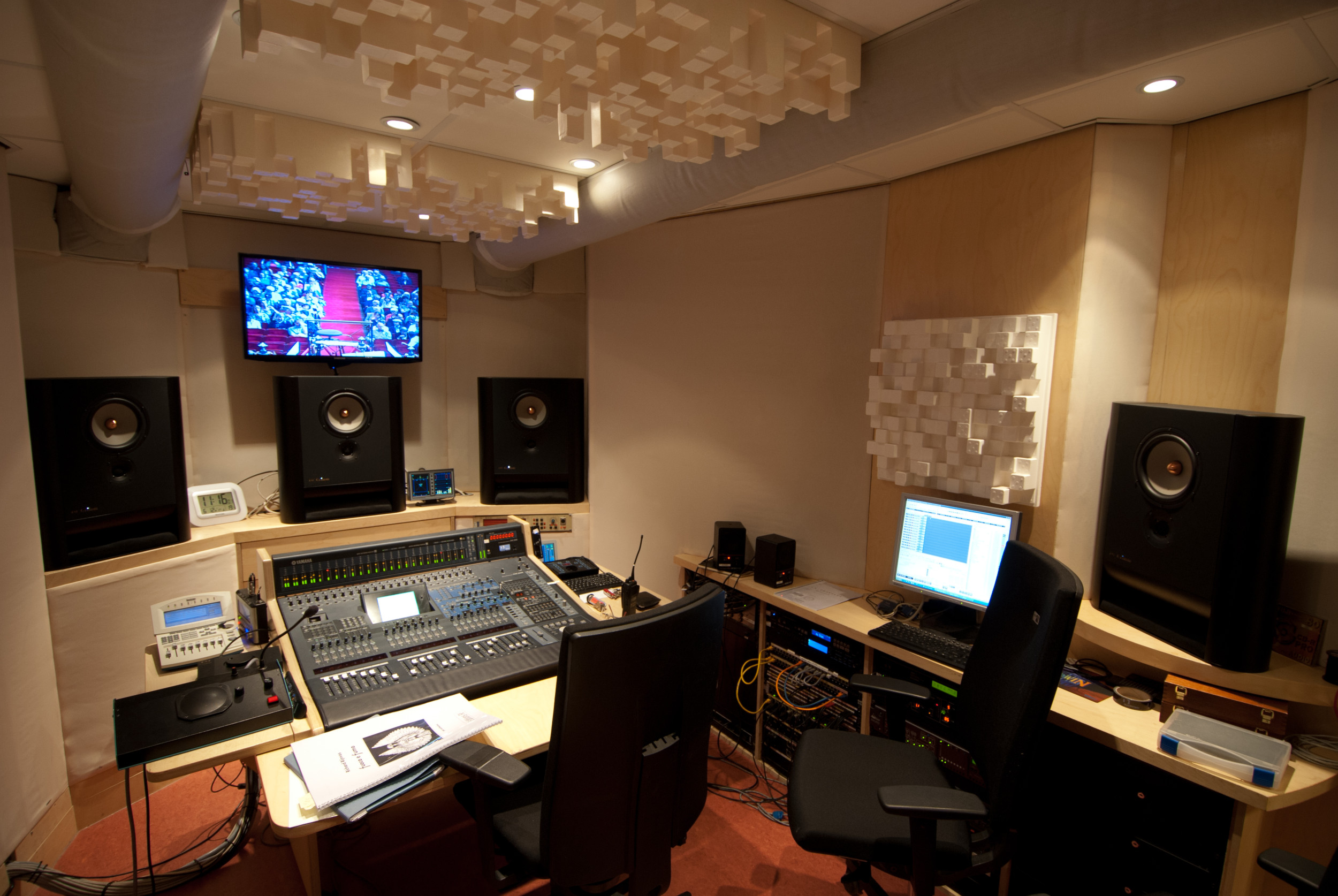Kees just spotted you online, where do you stand regarding the absorption of first reflection arguement?
Thanks Keith.
Thanks Keith.
Well, all these middle aged fan boys... How can he resist
Keith, it seems my banter with AJ has caused some confusion. There is no conflict between my views, Dr. Toole's and AJ's with regards to the topic in general. The issue I point out is that AJ's read of the topic is very casual and is putting all reflections in the same bucket. Each reflection has a different psychoacoustics effect which Dr. Toole goes through extreme amount of research to demonstrate.Kees Hi, just spottedyouonline again, AJ and Amir have been having a protracted argument over first reflections, Toole states that some sound engineers prefer absorbing first reflections when they are 'working' but might prefer more lateral reflections at 'home'?
Agreed.There is no conflict between my views, Dr. Toole's and AJ's with regards to the topic in general.
Nope. Don't own a bucket. One of us has been follow all the research for decades, the other is Johnny come lately.The issue I point out is that AJ's read of the topic is very casual and is putting all reflections in the same bucket.
That's not "all" the research or remotely close to it. Every time you see a quote from Dr. Toole in his book from another researcher, you need to go and find those papers and read them. And references within them. Vast majority by the way are NOT in public domain or on AES -- your two sources of information.Agreed.
Nope. Don't own a bucket. One of us has been follow all the research for decades, the other is Johnny come lately.
You really need to brush up on Greisinger, JJ, Salmi, etc, etc. to get the full scope....and why Toole's full bipolar M1s were so highly rated in NRC blind tests....and why Toole himself misses them and his largely untreated "concert hall" room.
You are misunderstanding your snippets contextually.
Ok, you got me there.You also need to spend time with the researchers. It is one thing to read a book, but entirely different matter spending time with the researchers.
All of this is competitive, repetitive non-sense having nothing to do with Keith's question. Let him have his thread and don't kick more sand into the discussion. Next post that has more hero worship and nothing else will be deleted.Ok, you got me there.
So when you spent all that time with JJ, what did he mean by "perceptually indirect" and good speakers having "indirect radiation" capabilities? What did he mean in the papers I've linked several times, about the plane waves in the direct response of your forward radiators being incapable of simultaneously reproducing the indirect spatial information?
When you sat with Toole, why did the bipolar Mirage M1s rate so highly in NRC tests? Why were all those reflections from the rear in his concert hall room unobjectionable, in fact, the opposite?
TIA.
Btw, Kees has most likely read my writings on HA about "treatments", so he is most likely aware of what the research shows for home vs production "listening".



